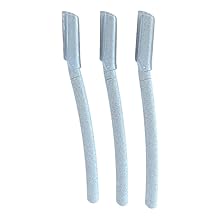
There's A Very Real Chance Your Kitchen Sink Is Crawling With Bacteria — Even If It Looks Clean
HuffPost
Safety experts explain how your sink can harbor microorganisms and how this might affect your health.
Think of all the things that happen in your kitchen sink. It’s where you wash your hands, scrub dishes, rinse fruits and vegetables, and drain packages of raw meat. You might also use it to clean paintbrushes and lots of other things or give your puppy a bath.
“Any germs on these items will wash off, and most will go down the drain — but some can get caught in the crevices” or the garbage disposal, if you have one, explained Lester Schonberger, associate extension specialist at the Virginia Tech Department of Food Science and Technology.
Once they’re there, germs can survive and thrive, as bacteria often love warm, moist environments like your kitchen sink. Depending on how you use it, Schonberger said, you could find “any number of microorganisms” in the sink, and they have the potential to make you sick.
Because of this, experts say, the kitchen sink is among the germiest spots in your kitchen. A 2023 U.S. Department of Agriculture study found that 34% of kitchen sinks were contaminated with bacteria after participants prepared breakfast with raw sausage, eggs and cantaloupe. More than a quarter of the cut-up cantaloupe was contaminated, which the USDA said likely happened when bacteria from the sink was transferred to the melon when it was washed.
So should you worry about the germs in your kitchen sink? Safety experts explain why it can harbor microorganisms and how this might affect your health.





















 Run 3 Space | Play Space Running Game
Run 3 Space | Play Space Running Game Traffic Jam 3D | Online Racing Game
Traffic Jam 3D | Online Racing Game Duck Hunt | Play Old Classic Game
Duck Hunt | Play Old Classic Game











